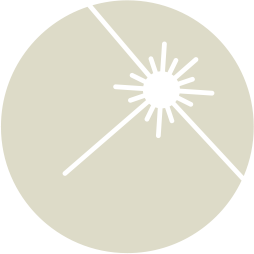Thanks to laser surgery, various health problems can be solved today, and complex operations on the skin and other tissues and organs can be performed. The doctors at the Pošiūno Klinika have extensive experience in laser medicine. Procedures are performed using lasers that meet high-quality standards.
Services
At the Pošiūno Klinika, laser treatment is provided for children and adults with:
- Congenital hemangiomas;
- Acquired lobular hemangiomas;
- Vascular malformations;
- Enlarged capillaries on the face and legs;
- Port-wine stains;
- Pigmented spots;
- Acne, keloid, hypertrophic, and other scars;
- Stretch marks.
Physicians G. Pošiūnas, prof. R. Rimdeika, D. Geležauskas, M. Kaupienė, J. Biliuvienė, B. Jonuška.
